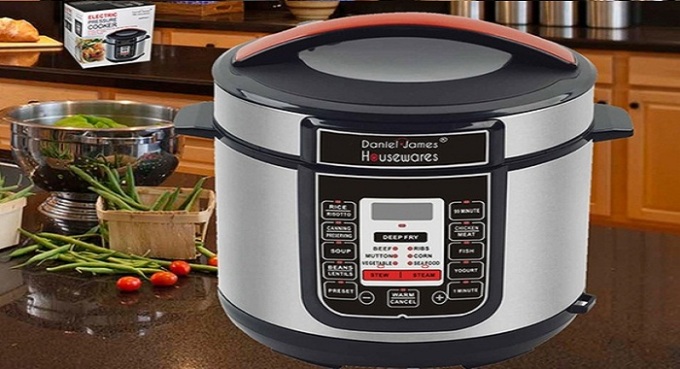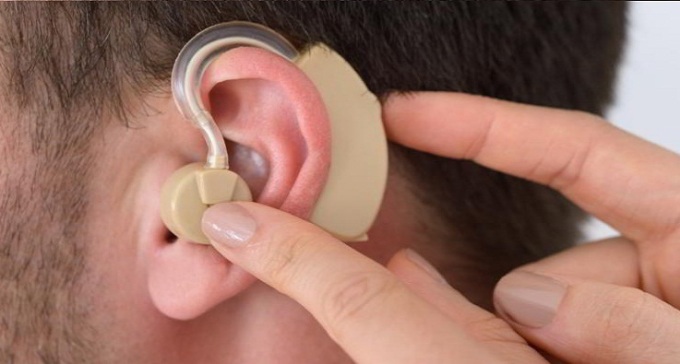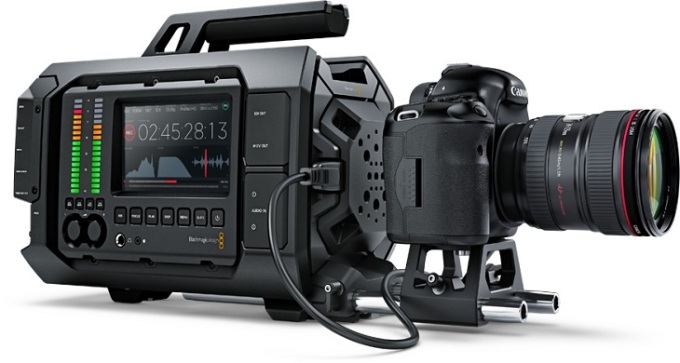Ken Research has announced latest report titled, "Switzerland Cider Market Insights Report 2016".
This report helps reader's gain in-depth understanding of the dynamics
and structure of the Switzerland cider industry, from the latest
competitive intelligence of both historical and forecast trends to
enhance your corporate strategic planning. It evaluates the current
emerging trends and future growth opportunities in the Switzerland cider
market to support various researchers' brand development and marketing
initiatives. It provides detailed account of the performance of brands
and brewers to develop a competitive advantage. Emphasis is placed to
understand volume versus value trends, identify the key growth
opportunities across the super-premium, premium, mainstream, and
discount segments to best target profitability. The next step is to
identify how brewers can capitalize on current consumer trends, increase
brand volume, and profit by expanding operations into new areas. To
interrogate the unique granularity of our data to analyse the market on a
variety of levels to make well-informed decisions on future threats and
growth prospects in the marketplace for your company we extend this
unique report. At the end, the report views the selection of the key
2015 product launches and identifies competitor activity and product
innovation and differentiation prospects.
Cider is an alcoholic beverage made from the fermented juice of apples. The juice of any variety of apples can be used to make cider, but cider apples are best known for it. The adding of sugar or spare fruit before a second fermentation amplifies the alcoholic content of cider. In Europe, Cider is popular in the United Kingdom, especially in the West Country, and widely available. The UK has the world's highest per capita consumption, as well as principal cider-producing companies. Cider is also popular Ireland, Portugal, France, Spain and Switzerland. Central Europe also has its own types of cider with Rhineland-Palatinate and Hesse producing a particularly tart version known as Apfelwein.
Cider alcohol content varies from
There are various flavours of ciders available. Ciders can be classified from dry to sweet. Their appearance ranges from cloudy with sediment to completely clear, and their colour ranges from almost clear to amber to brown. The differences in clarity and colour are mostly due to filtering between pressing and fermentation. Modern, mass-produced ciders closely resemble sparkling wine in appearance. Brands that are more traditional tend to be darker and cloudier. Some apple varieties will produce a clear cider without any need for filtration. Both sparkling and still ciders are made; the sparkling variety is the more widespread. Almost colourless, white cider has the same apple juice content as conventional cider. Its preparation is tough since the cider maker has to blend various apples to create a clearer liquid. White ciders tend to be sweeter and more refreshing. The descriptor black usually comes after the brand name such as Union Black and Barnstormer Black.
The production process involves three steps:
Scratting and pressing
Fermentation
Blending and bottling
In Switzerland, cider is called Suure, Most or Saft in the German-speaking part, Cidre in the Romandy and Sidro in the Italian-speaking regions. The drink was made popular in the 19th century when apple production increased due to progress in pomology. At the turn of the century, cider consumption was huge per person. In the 1920s, advantages in the pasteurisation of apple juice and the emerging temperance movement led to a strong decrease of cider production.
Emerging and Existing Trends
Today, typical Swiss cider consists of fermented apple juice mixed with 30% fresh juice which is added for sweetness. This drink is then pasteurised and force-carbonated. Imported cider is not common as according to Swiss laws cider must contain more than 70% of juice. With the revival of sales of cider which began in 2014, specifically the emergence of so-called ‘new cider’, which has involved in the redefinition and repositioning of cider, the category continued to record positive total volume growth in 2015. In Switzerland, Suure Moscht, or apple wine, has a time-honoured tradition, especially among the elderly population. The emergence of ‘new cider’ brands such as Somersby, however, and the increasing interest in these products among so-called ‘millennial’ consumers led to the significant diversification and repositioning of the products in the category over the review period.
Ramseier Suisse continued to lead cider in 2015 with a total volume share of close to thirty percent and the domestic player also managed to avoid severe declines in its volume share, even under increasing pressure from ‘new cider’ brand Somersby. Similarly, domestic company Mosterei Moehl maintained its runner-up position in the category in 2015, losing some volume share to Somersby. Cider is expected to develop in a rather multifaceted fashion over the forecast period as traditional domestic products are set to continue competing against the influx of brands which can be categorised as ‘new cider’ or ‘English cider’. Meanwhile, it is anticipated that moderate positive growth will be recorded in the category over the forecast period. This is due to the marketing efforts of ‘new cider’ brands in an attempt to redefine the consumer perception of cider. Although the Swiss cider market declined again in 2013, the imports did well. Domestic cider continues to be a predominantly a rural product.
Reasons for the observed trends
The summer of 2015 saw the hottest temperatures since records began in Switzerland in 1864. Despite the record temperatures, tourism during the summer also dropped impacting consumption. Domestic brands held the share of throat across total cider sales despite continuing with a declining trend in 2015. All national brands failed to show significant growth as the segment continued to lose out against international brands. Super premium volumes continued to rise as the significance of imported brands became more apparent for the Swiss consumer. Hence, with an increasing competition from foreign companies this market may see a decline in coming future in Switzerland.
There are various innovations done in the cider market that may extend its base in monetary and volumetric terms by 2020
Premiumisation
Topics Covered in the Report
https://www.kenresearch.com/food-beverage-and-tobacco/alcoholic-beverages/switzerland-cider-market-insights-report-2016/73679-11.html
Related links:
Minor Markets Cider Market Insights Report 2016
United States Cider Market Insights Report 2016
Contact:
Ken Research
Ankur Gupta, Head Marketing & Communications
query@kenresearch.com
+91-124-4230204
www.kenresearch.com
Cider is an alcoholic beverage made from the fermented juice of apples. The juice of any variety of apples can be used to make cider, but cider apples are best known for it. The adding of sugar or spare fruit before a second fermentation amplifies the alcoholic content of cider. In Europe, Cider is popular in the United Kingdom, especially in the West Country, and widely available. The UK has the world's highest per capita consumption, as well as principal cider-producing companies. Cider is also popular Ireland, Portugal, France, Spain and Switzerland. Central Europe also has its own types of cider with Rhineland-Palatinate and Hesse producing a particularly tart version known as Apfelwein.
Cider alcohol content varies from
- 2% to 8.5% or more- in traditional English ciders
- 5% to 12% in continental ciders
There are various flavours of ciders available. Ciders can be classified from dry to sweet. Their appearance ranges from cloudy with sediment to completely clear, and their colour ranges from almost clear to amber to brown. The differences in clarity and colour are mostly due to filtering between pressing and fermentation. Modern, mass-produced ciders closely resemble sparkling wine in appearance. Brands that are more traditional tend to be darker and cloudier. Some apple varieties will produce a clear cider without any need for filtration. Both sparkling and still ciders are made; the sparkling variety is the more widespread. Almost colourless, white cider has the same apple juice content as conventional cider. Its preparation is tough since the cider maker has to blend various apples to create a clearer liquid. White ciders tend to be sweeter and more refreshing. The descriptor black usually comes after the brand name such as Union Black and Barnstormer Black.
The production process involves three steps:
Scratting and pressing
Fermentation
Blending and bottling
In Switzerland, cider is called Suure, Most or Saft in the German-speaking part, Cidre in the Romandy and Sidro in the Italian-speaking regions. The drink was made popular in the 19th century when apple production increased due to progress in pomology. At the turn of the century, cider consumption was huge per person. In the 1920s, advantages in the pasteurisation of apple juice and the emerging temperance movement led to a strong decrease of cider production.
Emerging and Existing Trends
Today, typical Swiss cider consists of fermented apple juice mixed with 30% fresh juice which is added for sweetness. This drink is then pasteurised and force-carbonated. Imported cider is not common as according to Swiss laws cider must contain more than 70% of juice. With the revival of sales of cider which began in 2014, specifically the emergence of so-called ‘new cider’, which has involved in the redefinition and repositioning of cider, the category continued to record positive total volume growth in 2015. In Switzerland, Suure Moscht, or apple wine, has a time-honoured tradition, especially among the elderly population. The emergence of ‘new cider’ brands such as Somersby, however, and the increasing interest in these products among so-called ‘millennial’ consumers led to the significant diversification and repositioning of the products in the category over the review period.
Ramseier Suisse continued to lead cider in 2015 with a total volume share of close to thirty percent and the domestic player also managed to avoid severe declines in its volume share, even under increasing pressure from ‘new cider’ brand Somersby. Similarly, domestic company Mosterei Moehl maintained its runner-up position in the category in 2015, losing some volume share to Somersby. Cider is expected to develop in a rather multifaceted fashion over the forecast period as traditional domestic products are set to continue competing against the influx of brands which can be categorised as ‘new cider’ or ‘English cider’. Meanwhile, it is anticipated that moderate positive growth will be recorded in the category over the forecast period. This is due to the marketing efforts of ‘new cider’ brands in an attempt to redefine the consumer perception of cider. Although the Swiss cider market declined again in 2013, the imports did well. Domestic cider continues to be a predominantly a rural product.
Reasons for the observed trends
The summer of 2015 saw the hottest temperatures since records began in Switzerland in 1864. Despite the record temperatures, tourism during the summer also dropped impacting consumption. Domestic brands held the share of throat across total cider sales despite continuing with a declining trend in 2015. All national brands failed to show significant growth as the segment continued to lose out against international brands. Super premium volumes continued to rise as the significance of imported brands became more apparent for the Swiss consumer. Hence, with an increasing competition from foreign companies this market may see a decline in coming future in Switzerland.
There are various innovations done in the cider market that may extend its base in monetary and volumetric terms by 2020
Premiumisation
- Fruit Ciders
- Craft ciders
- Spiders
Topics Covered in the Report
- Global cider market research report
- Switzerland cider market research
- Cider market in Switzerland
- Switzerland cider market outlook
- Switzerland apple cider market research
- Switzerland grape cider market size
- Switzerland grape cider market Share
- Switzerland grape cider market growth
- Switzerland grape cider market trends
- Switzerland grape cider market future
- Switzerland grape cider market analysis
https://www.kenresearch.com/food-beverage-and-tobacco/alcoholic-beverages/switzerland-cider-market-insights-report-2016/73679-11.html
Related links:
Minor Markets Cider Market Insights Report 2016
United States Cider Market Insights Report 2016
Contact:
Ken Research
Ankur Gupta, Head Marketing & Communications
query@kenresearch.com
+91-124-4230204
www.kenresearch.com







